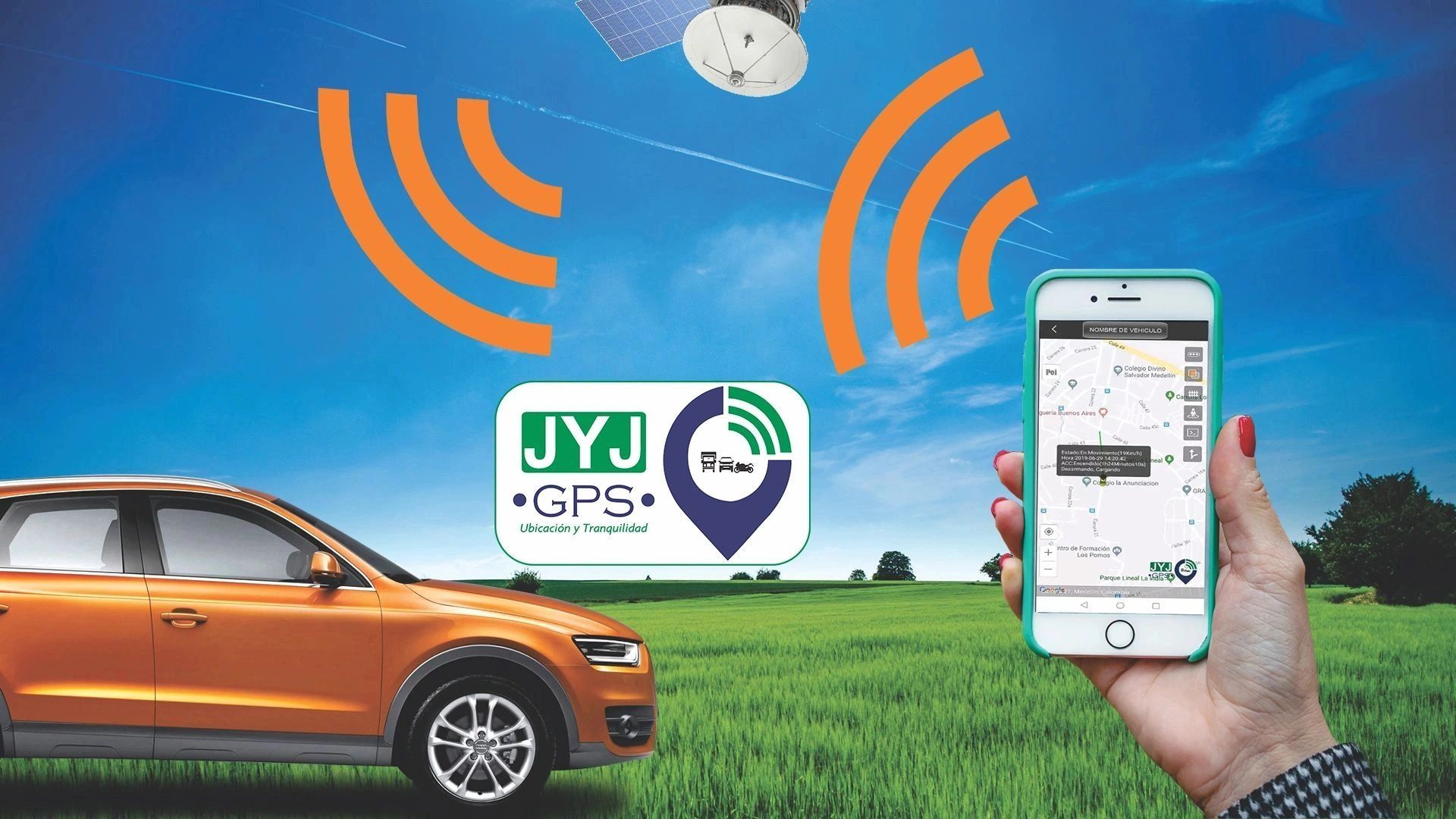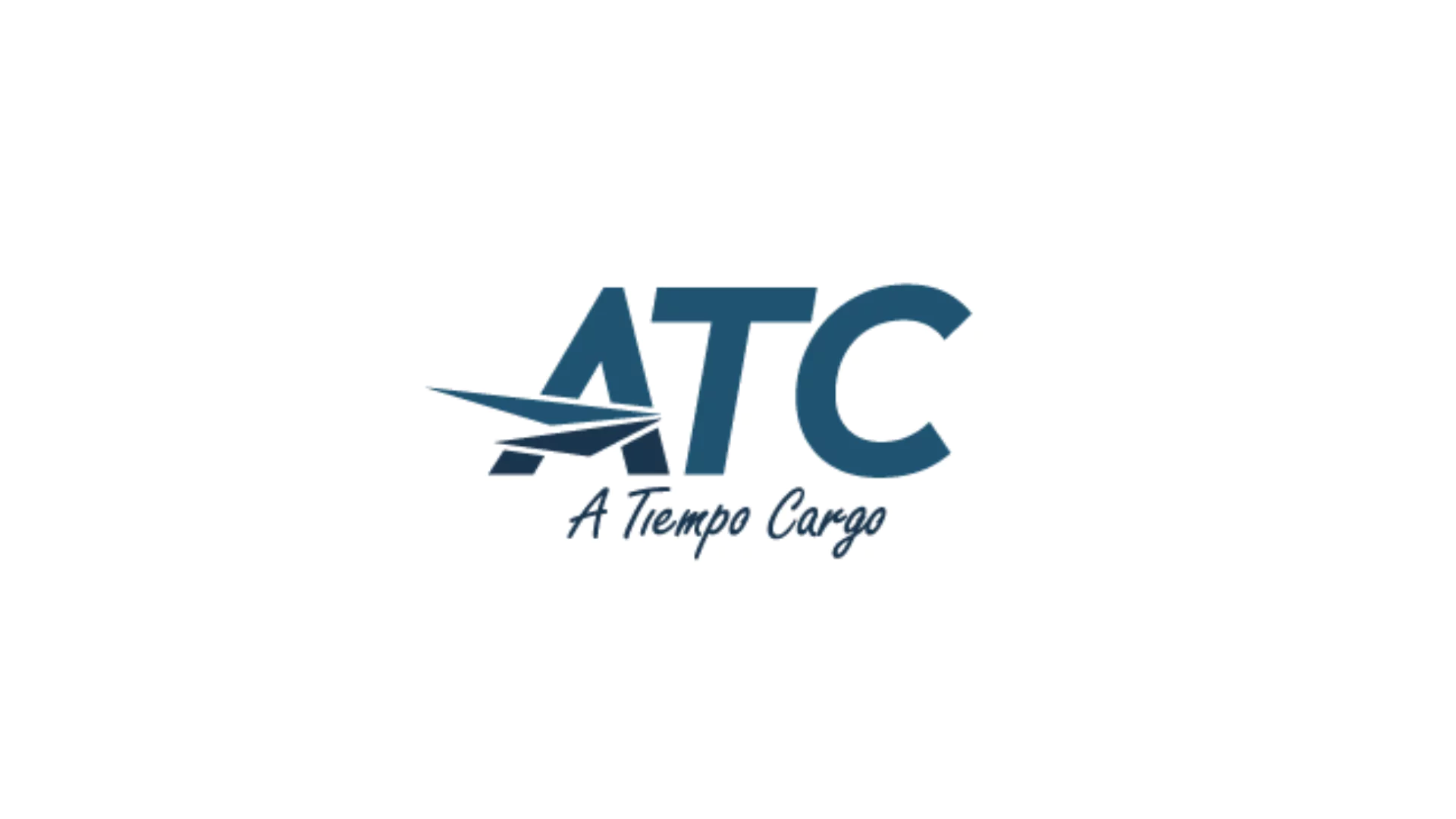Let me tell you something, folks. In today's fast-paced world, keeping tabs on your cargo has never been more crucial. Whether you're running a business or just waiting for that important package, understanding a tiempo cargo rastreo can literally save your day. Imagine having the power to track your shipments in real-time, knowing exactly where they are and when they'll arrive. Sounds pretty sweet, right?
Well, buckle up because we're diving deep into the world of freight tracking. This isn't just about watching a dot move on a map; it's about ensuring your goods get where they need to be, on time, every time. And trust me, in the logistics game, timing is everything.
From the latest technology to the best practices, we're going to break it all down for you. So, whether you're a seasoned pro or just dipping your toes into the shipping waters, this guide has got you covered. Let's get started, shall we?
What Exactly is A Tiempo Cargo Rastreo?
A tiempo cargo rastreo, in plain English, means on-time cargo tracking. But it's more than just a translation. It's the process of monitoring the movement of goods from one place to another, ensuring they arrive when they're supposed to. Think of it as the GPS for your freight, giving you updates every step of the way.
This isn't some newfangled concept either. Tracking technology has been around for years, but with advancements in tech, it's become more precise and accessible than ever. Companies large and small are leveraging these tools to improve delivery times, reduce costs, and enhance customer satisfaction.
And let's be real here, nobody likes waiting around for their stuff. With a tiempo cargo rastreo, you can rest easy knowing exactly where your shipment is and when it'll hit your doorstep.
Why Should You Care About Cargo Tracking?
Here's the deal, folks. Cargo tracking isn't just a nice-to-have feature; it's a need-to-have. In an age where consumers expect fast and reliable delivery, being able to track your shipments can make or break your business. But why exactly is it so important?
First off, it boosts efficiency. By knowing where your goods are at all times, you can plan better, allocate resources more effectively, and avoid costly delays. Plus, it gives you a competitive edge. In a market where speed matters, being able to offer real-time tracking can set you apart from the competition.
But that's not all. It also improves customer relations. Imagine being able to tell a customer exactly when their order will arrive, or even giving them the ability to track it themselves. That kind of transparency builds trust and loyalty.
The Economic Impact of Efficient Tracking
Now, let's talk dollars and cents. Efficient cargo tracking can lead to significant cost savings. By reducing delays and minimizing lost shipments, companies can save big bucks. According to a report by McKinsey, companies that implement advanced tracking solutions can see up to a 20% reduction in logistics costs.
And let's not forget about the environmental benefits. By optimizing routes and reducing idle time, companies can lower their carbon footprint. It's a win-win for everyone involved.
How Does Cargo Tracking Work?
Alright, so you're sold on the idea of cargo tracking. But how does it actually work? At its core, it's all about data. Tracking systems use a combination of technologies to gather information about the location and status of shipments. Here's a quick breakdown:
- GPS: The most common technology used for tracking. It provides real-time location data.
- RFID: Radio Frequency Identification tags are used to track individual items or pallets.
- IoT Sensors: These little guys can monitor everything from temperature to humidity, ensuring your goods are kept in optimal conditions.
- Barcodes: While not as fancy as some of the other tech, barcodes are still widely used for identifying and tracking shipments.
These technologies work together to create a comprehensive picture of where your cargo is and how it's doing. It's like having a team of virtual trackers on the job 24/7.
Challenges in Implementing Tracking Systems
Of course, nothing's perfect. Implementing a cargo tracking system comes with its own set of challenges. Cost can be a big factor, especially for smaller businesses. The initial investment in technology and training can be steep. But remember, it's an investment that pays off in the long run.
Another challenge is data integration. Getting all your systems to talk to each other can be tricky. But with the right planning and the right partners, it's definitely doable.
Best Practices for Effective Cargo Tracking
Now that we've covered the basics, let's talk about how to make the most of your cargo tracking system. Here are a few best practices to keep in mind:
- Set Clear Goals: Know what you want to achieve with your tracking system. Is it faster delivery times? Better inventory management? Having clear objectives will guide your implementation.
- Invest in the Right Technology: Don't skimp on tech. Choose solutions that meet your specific needs and can grow with your business.
- Train Your Team: Make sure everyone knows how to use the system effectively. The best tech in the world won't do you any good if your team doesn't know how to use it.
- Monitor and Adjust: Keep an eye on how your system is performing and be willing to make changes as needed. The logistics landscape is always evolving, and your tracking system should too.
By following these practices, you can ensure your tracking system is as effective as possible.
Case Studies: Companies Making Tracking Work
Let's take a look at some real-world examples of companies that have successfully implemented cargo tracking systems. Amazon, for instance, has built its entire business model around fast and reliable delivery. Their tracking system is so advanced that customers can even watch their packages being delivered in real-time.
Then there's UPS. They've been using tracking technology for years to optimize their operations. By knowing exactly where every package is at all times, they've been able to reduce delivery times and improve customer satisfaction.
These companies prove that with the right approach, cargo tracking can revolutionize the way you do business.
Lessons Learned from Success Stories
So, what can we learn from these success stories? First, that technology is key. Investing in the right tools can make a huge difference. Second, that customer focus is crucial. By making tracking easy and accessible, companies can build stronger relationships with their customers.
And finally, that flexibility is important. The best systems are those that can adapt to changing conditions and customer needs.
Trends Shaping the Future of Cargo Tracking
Looking ahead, there are some exciting trends shaping the future of cargo tracking. One of the biggest is the rise of AI and machine learning. These technologies are being used to predict delivery times more accurately and optimize routes in real-time.
Another trend is the increasing use of drones for last-mile delivery. While still in its infancy, this technology has the potential to revolutionize the way we think about shipping and tracking.
And let's not forget about blockchain. This technology is being explored for its ability to provide secure and transparent tracking of shipments.
Preparing for the Future
So, how can you prepare for these changes? Start by staying informed. Keep an eye on industry news and trends. Consider partnering with tech companies that are at the forefront of these innovations. And don't be afraid to experiment. Trying out new technologies can give you a competitive advantage.
Tools and Technologies for Cargo Tracking
When it comes to cargo tracking, there are a lot of tools and technologies to choose from. Here are a few worth checking out:
- FourKites: A leader in real-time transportation visibility, offering a range of tracking solutions.
- Samsara: Known for its IoT devices and cloud-based platform, providing comprehensive tracking capabilities.
- Project44: Offers a global tracking platform that integrates with multiple carriers and systems.
These tools can help you take your tracking game to the next level, providing the data and insights you need to stay ahead.
Selecting the Right Tool
Choosing the right tracking tool can be overwhelming. Consider factors like cost, ease of use, and compatibility with your existing systems. Don't be afraid to ask for demos or trials before making a decision. And remember, the best tool is the one that meets your specific needs.
Common Misconceptions About Cargo Tracking
There are a few common misconceptions about cargo tracking that we need to clear up. One is that it's only for big companies. Not true. There are plenty of affordable solutions available for small businesses. Another is that it's complicated. Again, not true. With the right tools and training, anyone can implement an effective tracking system.
And let's not forget the myth that tracking is just for deliveries. In reality, it can be used for a wide range of applications, from inventory management to asset tracking.
Debunking the Myths
By debunking these myths, we can help businesses of all sizes see the true value of cargo tracking. It's not just a luxury; it's a necessity in today's competitive market.
Conclusion: Taking Action on A Tiempo Cargo Rastreo
So, there you have it, folks. A tiempo cargo rastreo isn't just about tracking shipments; it's about optimizing your business, improving customer relations, and staying ahead of the competition. By understanding the technology, implementing best practices, and staying informed about trends, you can make the most of your tracking system.
Now, it's your turn. Take what you've learned and put it into action. Whether it's investing in new technology, training your team, or experimenting with new tools, every step you take brings you closer to mastering the art of cargo tracking.
And don't forget to share your thoughts and experiences in the comments below. We'd love to hear how you're using cargo tracking to improve your business. Until next time, keep those shipments moving!
Table of Contents
What Exactly is A Tiempo Cargo Rastreo?
Why Should You Care About Cargo Tracking?
The Economic Impact of Efficient Tracking
Challenges in Implementing Tracking Systems
Best Practices for Effective Cargo Tracking
Case Studies: Companies Making Tracking Work
Lessons Learned from Success Stories
Trends Shaping the Future of Cargo Tracking
Tools and Technologies for Cargo Tracking
Common Misconceptions About Cargo Tracking
Conclusion: Taking Action on A Tiempo Cargo Rastreo



Detail Author:
- Name : Mrs. Leslie Corwin
- Username : mckenzie.scot
- Email : alexa77@gmail.com
- Birthdate : 1973-06-09
- Address : 694 Alexane Estates North Justuschester, CO 67600
- Phone : (959) 707-0604
- Company : Eichmann Inc
- Job : Appliance Repairer
- Bio : Necessitatibus ut impedit qui atque. Nisi commodi est suscipit cumque corrupti aut. Maxime nihil quis earum accusamus.
Socials
linkedin:
- url : https://linkedin.com/in/margarettrantow
- username : margarettrantow
- bio : Qui qui nobis dolorem tempore et.
- followers : 2984
- following : 2007
tiktok:
- url : https://tiktok.com/@margaret_trantow
- username : margaret_trantow
- bio : Et aut corporis repellat aut. Eum rerum ut laudantium non.
- followers : 2221
- following : 2666
instagram:
- url : https://instagram.com/margaret_xx
- username : margaret_xx
- bio : Deserunt vel quia saepe doloribus omnis nesciunt beatae et. In dolorem non consequatur incidunt at.
- followers : 899
- following : 1626